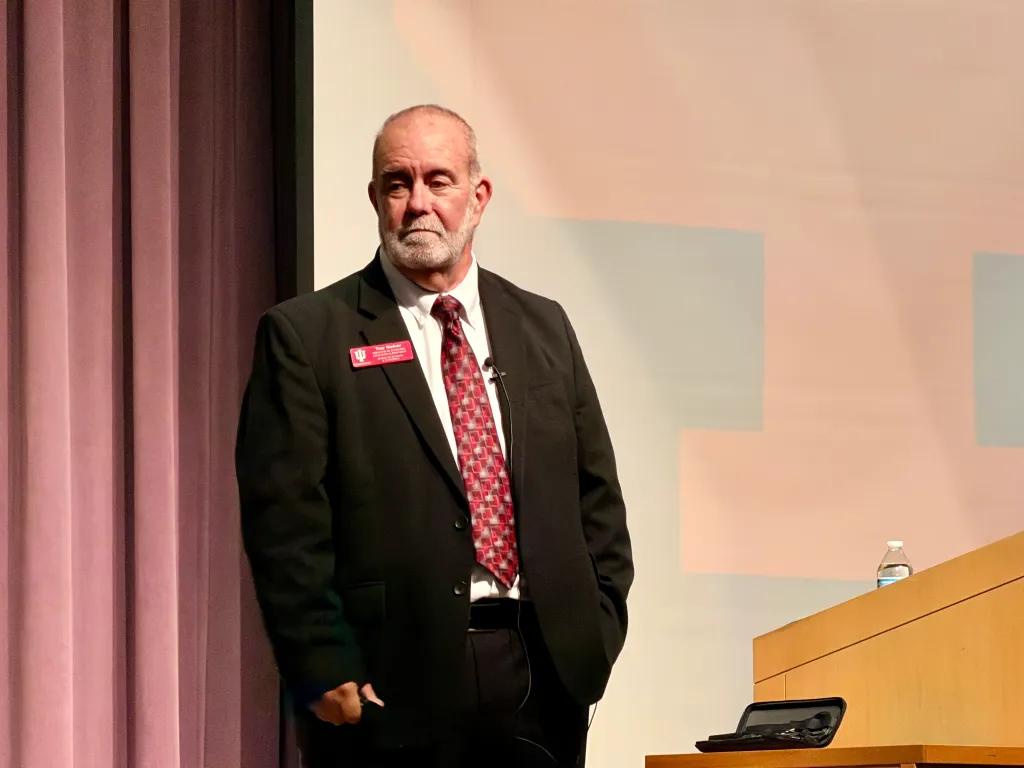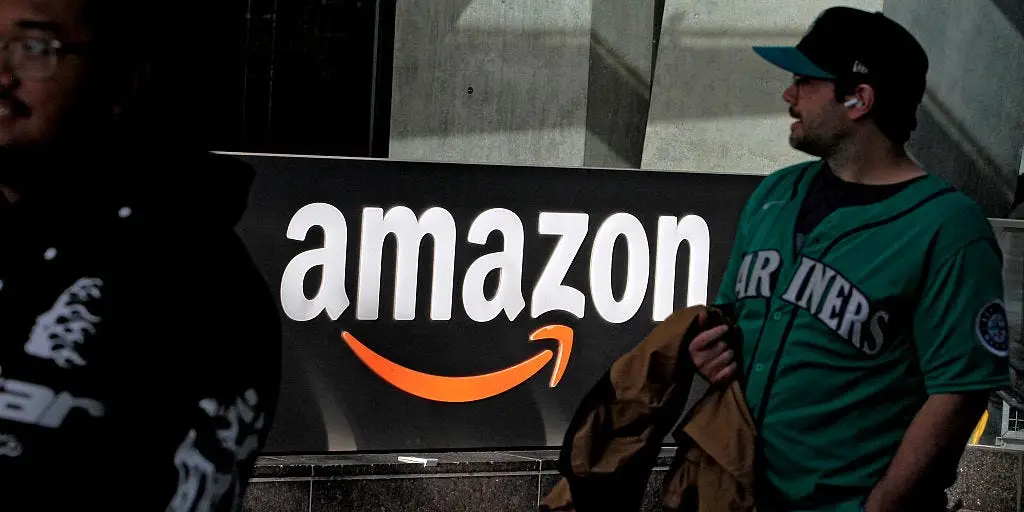Copyright Chicago Tribune

President Donald Trump’s tariff posturing hangs as a giant, murky cloud over local economists’ crystal ball for the next one to five years. “We don’t know what’s really going on with tariffs, do we?” said Anthony Sindone, director of the Center for Economic Education and Research at Indiana University Northwest. Trump keeps changing his strategies, as evidenced by his social media posts. When there’s fog on the road, drivers go slowly. The same is true when there’s a fog of information about the economy, Sindone told business and commuter leaders at Friday’s Northwest Indiana Business Roundtable economic outlook program at Ivy Tech Community College in Valparaiso. Overall, he expects the tariffs will result in the loss of about 2,500 jobs in Northwest Indiana over the next year. Over three to five years, Sindone said, employment could be flat to increasing perhaps 0.2% as the steel industry rebounds. Business investment will drop 3.5% in the next year and about 2% over the next three to five years, he said. Export volume will drop 7%, mainly for agricultural exports, next year and 4% in the next three to five years, Sindone said. Much of the discussion about tariffs deals with manufacturing, a core part of Northwest Indiana’s economy. But agriculture is affected as well, as farmers clearly know. “The retaliatory tariffs are real,” Sindone said. “Most soybean farmers are now losing about $100 an acre, and that’s even if the tariffs are reduced from China,” Sindone said. When Trump introduced steep tariffs against China, the latter eviscerated U.S soybean exports to China by sourcing them from elsewhere. The 12% reduction in soybean exports translates into an 8% drop in income for farmers. For next year, farmers will have to decide between switching crops or letting land be fallow, Sindone said. He’s predicting a 5% drop in agricultural gross regional product. Agriculture represents about 1% of Northwest Indiana’s gross regional product, he said. U.S. farmers use imported fertilizer, so even with soybean prices up a bit from where they had fallen, farmers can still lose money, Sindone said. Sindone gave a short lesson on tariffs. “A tariff is an import tax,” he said. He guessed he had $8 in cash on him while standing on Ivy Tech’s stage. He pretended to pull that money out of one of his pockets. “Hey, we have $8 in revenue? No.” It’s just shifting money from one pocket to another, he said. U.S. consumers pay the tariffs when they buy imported products. Along with farmers, the Port of Indiana-Burns Harbor could also see the effect of tariffs because that’s where area farmers’ exports are shipped from. The port is just one part of the transportation and logistics sector in Northwest Indiana. Tariffs and retaliatory tariffs affect the whole sector, both for international trade and moving products and materials domestically. “We have been adjusting since the beginning of the last century. That’s all we’ve ever done in Northwest Indiana,” Sindone said. Sindone expects a 3% drop in rail and ship freight activity and a 1.5% drop in employment as a result of Trump’s trade war in the next year. Over the next three to five years, he foresees the industry stabilizing as domestic supply chains adjust. Steel and other metals could be affected by tariffs, too, but in a positive way. Tariffs boost domestic demand and thus domestic steel production. That could boost the region’s steel output by 8% and steel employment by 4%, Sindone said. “That’s a lot of people we could put to work for good wages.” In Gary Mayor Eddie Melton’s presentation at the Friday event, he touted U.S. Steel’s partnership with Japan’s Nippon Steel. U.S. Steel is now ranked 24th globally, with Nippon 4th. “With this partnership, it has elevated U.S. Steel back up to among the top 5 positions,” Melton said. Were it not for the partnership, originally planned as a merger, plant closures were inevitable, Melton said. Instead, Nippon is investing $3 billion in Gary Works by 2028. “That’s a lot of investment in a short amount of time,” he said. The first $200 million of that total has already been announced, earmarked for the hot strip mill at Gary Works. That’s timely, because local steelmakers might have to increase capacity to meet additional demand for domestic steel, Sindone said. For the auto parts industry and various machining businesses, Sindone forecasts a 6% drop in profit margins and a 2% drop in employment from cost-cutting. Sindone offered recommendations including continuing to retrain workers. “Teach our kids to learn new things. That’s what we need to do,” he said. Trade diplomacy is vital, too. “We need to re-engage in trade pacts to reduce retaliatory tariff threats,” Sindone said. Investing in infrastructure would help, too. Offset private investment slowdowns with public spending on logistics and port facilities, he suggested. Also, businesses should seek local supply chains to insulate themselves from international shocks like trade wars, Sindone said. Steve Skalka, chief fiduciary officer at Harbour Trust, examined tariffs Friday from the standpoint of their effect on equity markets. When Trump declared his Liberation Day, tariffs began driving up inflation, Skalka said. Who are the winners and losers, other than consumers? “If you manufacture overseas, you’re at a disadvantage. But if you manufacture here, you’re at an advantage over foreign competitors,” he explained. Trump’s hope is that more products will be produced in the United States. “We’re also in the process of near-shoring,” Skalka said. “We want to see more of those corporations based in Canada, based in Mexico.” Tariffs announced by Trump reflect that, with lower rates for Canada and Mexico than for more distant countries. Tariffs are up for U.S. Supreme Court review in a variety of cases. “We don’t think the Supreme Court will determine if there’s going to be tariffs. We think they’re going to determine how there’s going to be tariffs,” meaning the Trump administration would use other federal laws to justify them, Skalka said. Doug Ross is a freelance reporter for the Post-Tribune.



